
The historic center of Rapallo is an old town of medieval origin, with a preserved layout, now part of the center of Rapallo.
It is in the historical center of Rapallo and near that the main tourist life takes place.
The core of the tourist centre made up of such streets as the via Giuseppe Mazzini (Via Giuseppe Mazzini), via Venezia (Piazza Venezia), via Marsala (Via Marsala), as well as promenade - via Vittorio Veneto and in the adjoining streets and squares.
The streets of the historic centre of Rapallo is a narrow pedestrian area with small squares, historical buildings, painted in bright colors typical of Liguria, as well as an abundance of cafes, restaurants, shops and boutiques.
On the facades of some houses you can still see the window allocated by the framework or shelf with a Baroque bas-relief decorative elements, as well as a few historic doors.
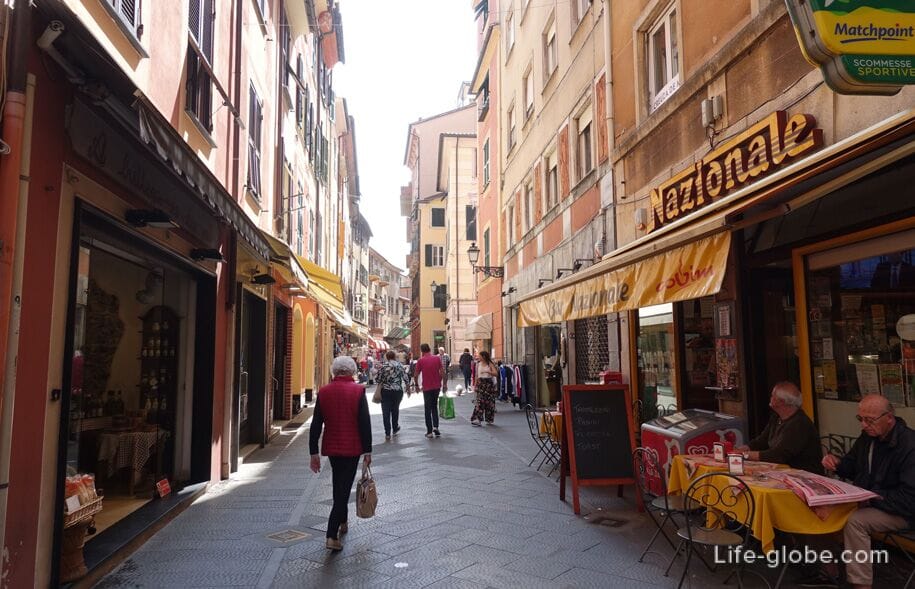
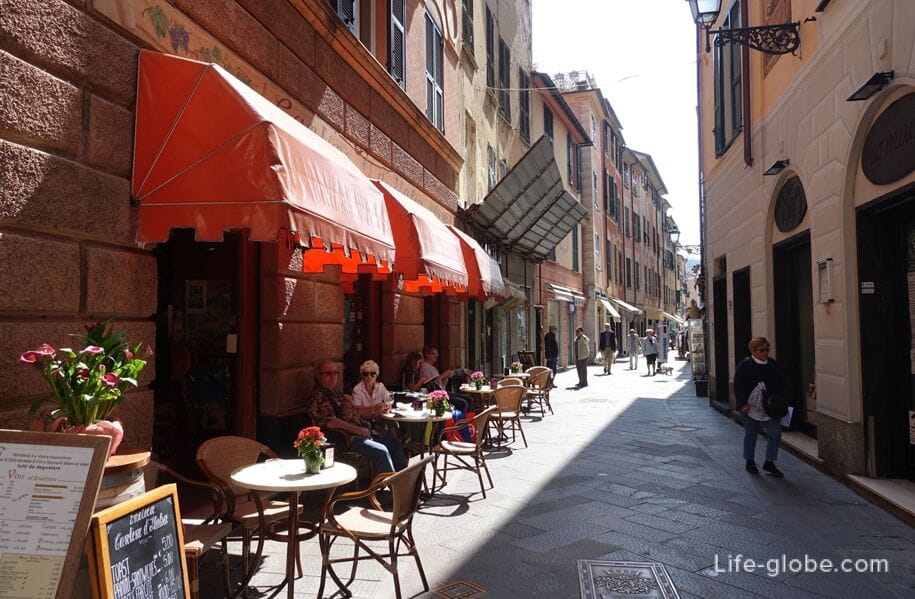
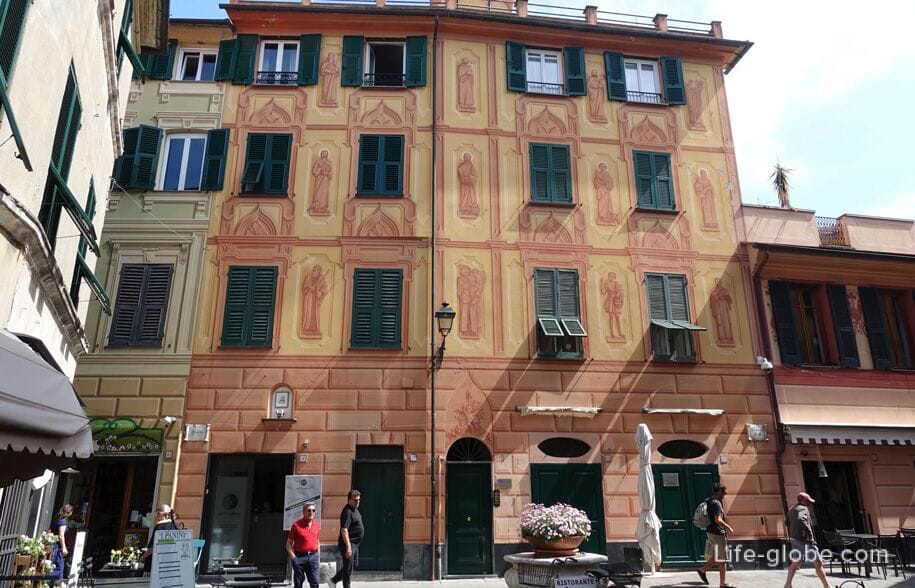
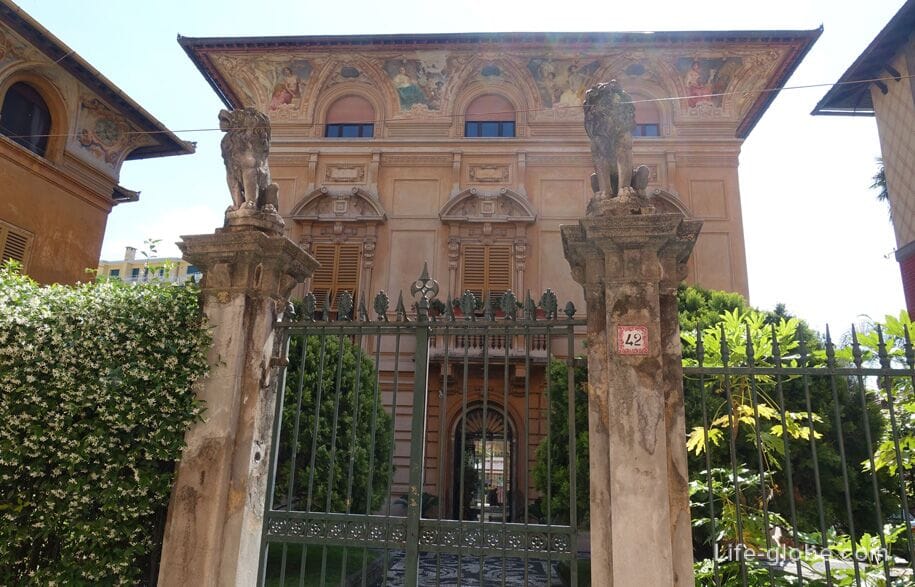
Cavour square (Piazza Cavour).
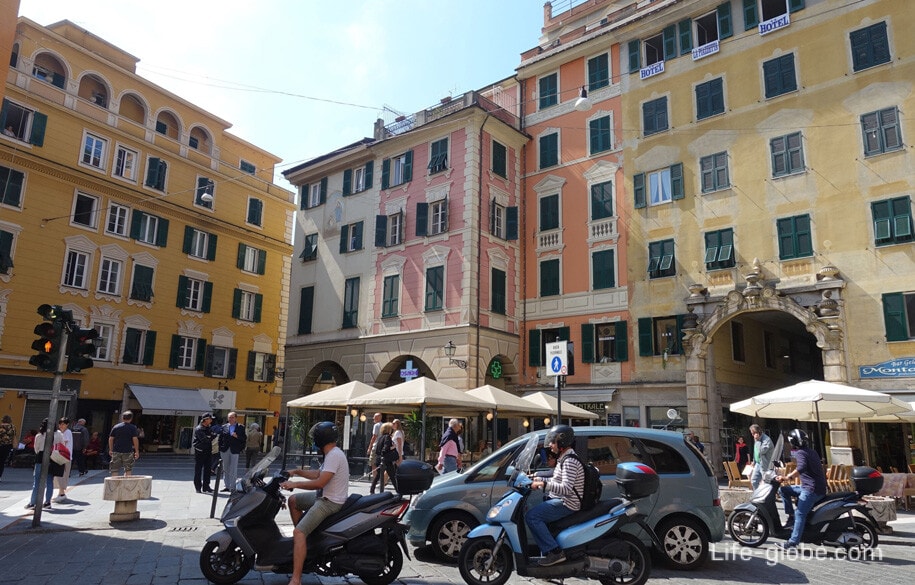

Venice square (Piazza Venezia), which boasts a daily fruit and vegetable market.
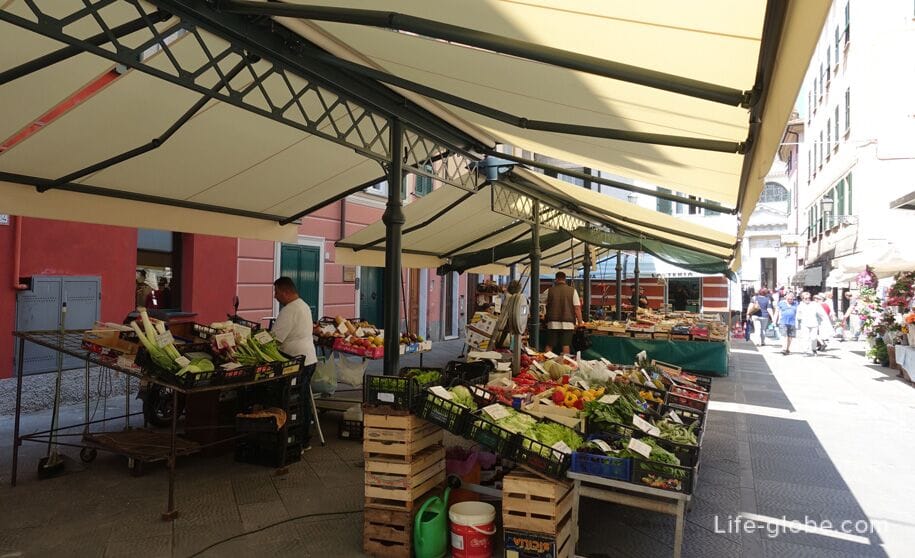
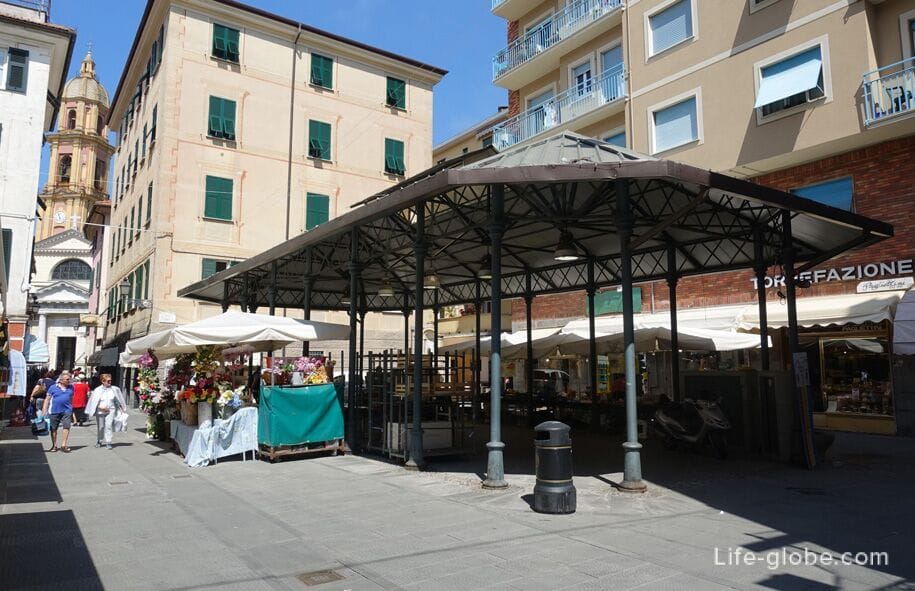
The old town of Rapallo has retained some important historical and cultural monuments.
The Basilica located in the historic center of Rapallo, in Piazza Cavour.
The Church was built in Gothic-Romanesque style, probably in medieval times, and a sign inside indicates the date - the year 1118, though some historians disagree with this Dating.
During the history the Basilica has undergone changes and modifications which led to a change in the previous Gothic-Romanesque architectural style and gave the Shrine a neoclassical appearance with the characteristics style of the 18th century.
The exterior of the Church is notable for the oblique high bell tower Dating back to 1753.
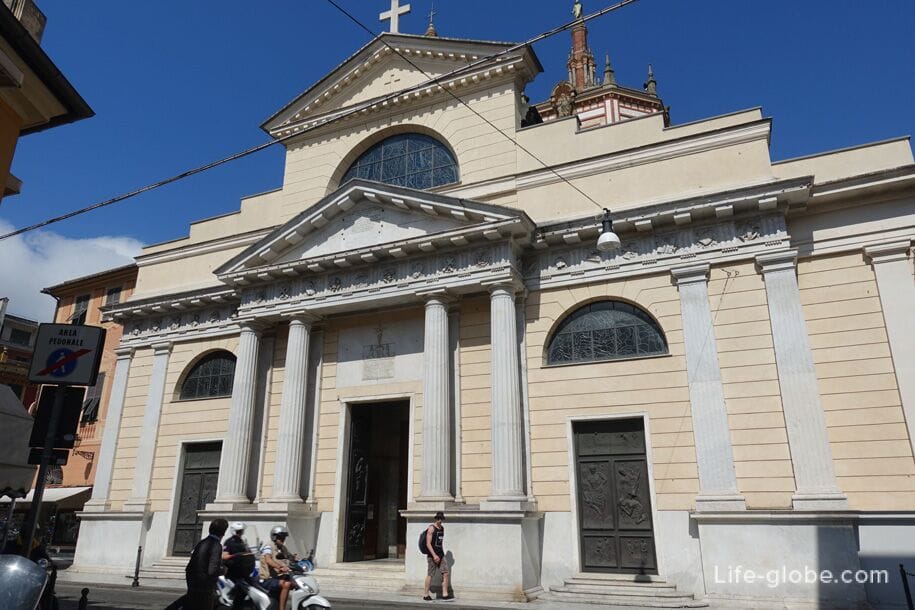
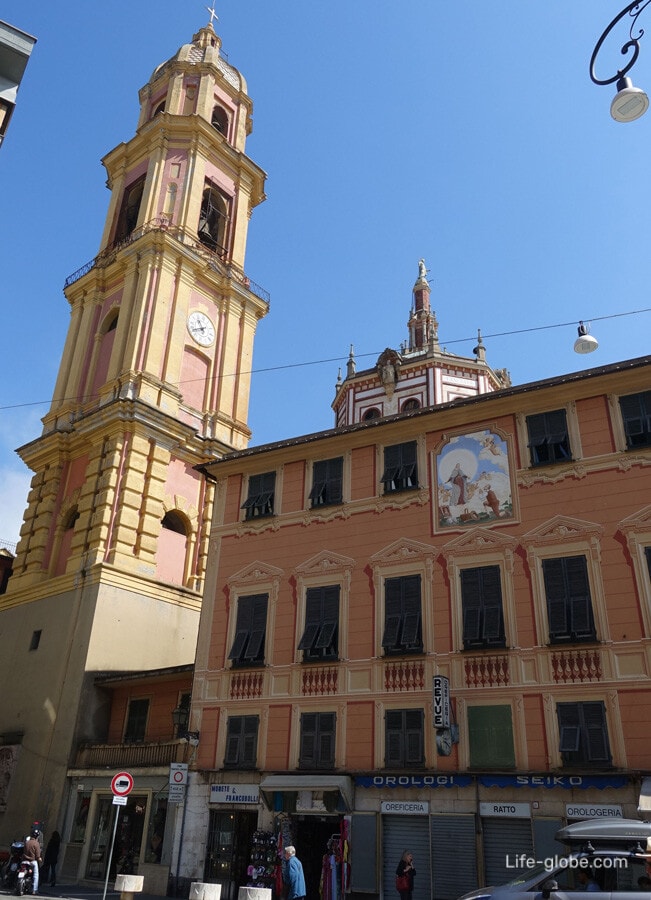
The Church divided into three naves by two rows of massive square columns with an arched forms of the compounds.
The interior is remarkable for its frescoes and stained glass Lancet Windows.
In the presbytery there is a large marble altar of the sculptor Bernardo Schiaffino, commissioned June 1, 1728 to the local monastery of Santa Chiara da Montefalco and moved to this Church in 1919. In the center of the body there is a large marble group of the appearances of our lady Montallegro, blessed the ceremony on 12 September 1926.
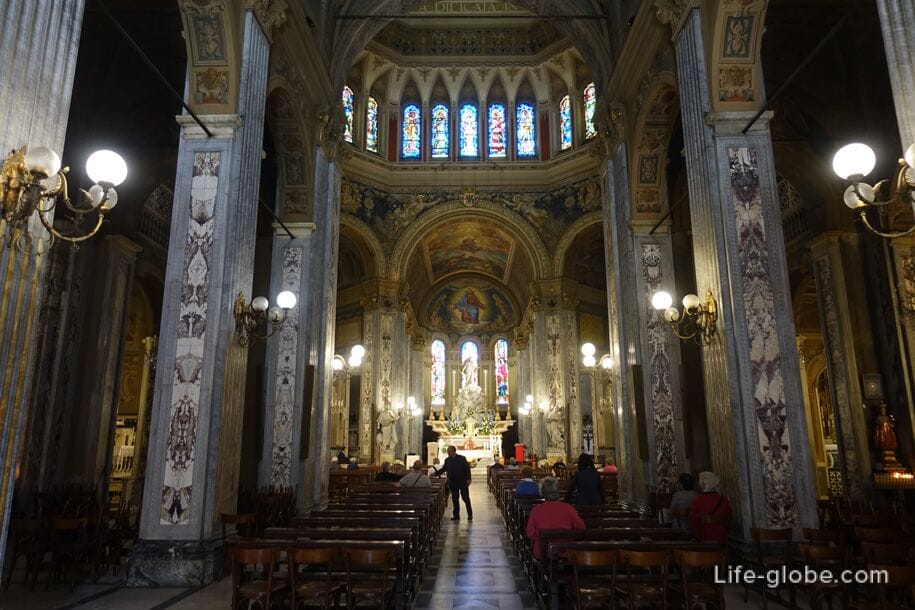
Built in the second half of the 15th century, the oratory of Santissima Trinita, originally dedicated to the virgin Mary, located near the current town hall.
Since this century, the oratory has become a local of the brotherhood of Disciplinanti.
Still on a marble tablet placed on the facade, the bas-relief depicts two brothers in the hoods, holding the beach.
The building has a single nave and a small three tier in the construction of the bell tower.

Near oratorio de Bianchi is a complex of Civic tower and the Church of Santo Stefano.
The Church of St. Stephen is considered the first parish in Rapallo and is believed to be built in the first residential center of the village before the year 1000, on a hill, to avoid the damage caused by frequent flooding of the streams of the river boat.
The Church of Santo Stefano, now known as the Oratorio dei Neri, in the seventeenth century passed to the brotherhood of Mortis and Orations, which restored the Shrine, giving it its present appearance. Once stopped the main functions of the Church, it became a venue for organ concerts, presentations of books, etc.
In 1459 near the Shrine was erected by the Civic tower, a symbol of municipal freedoms, now the symbol of Rapallo.
Over the years, the civic tower has undergone restoration and consolidation, with the result that its original appearance in bare stone have not changed. In the upper part of the tower is the bell tower.
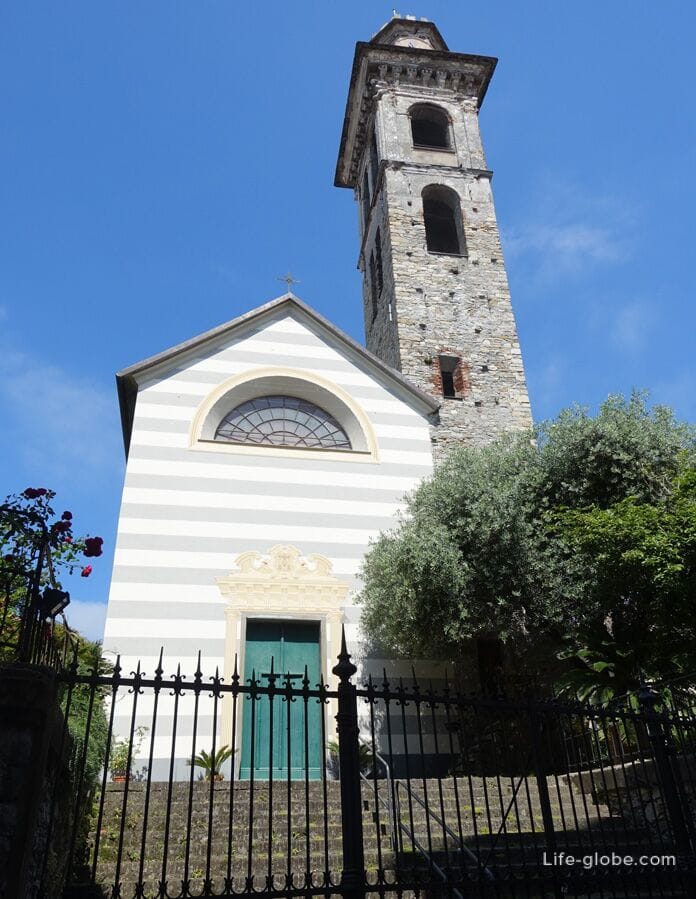
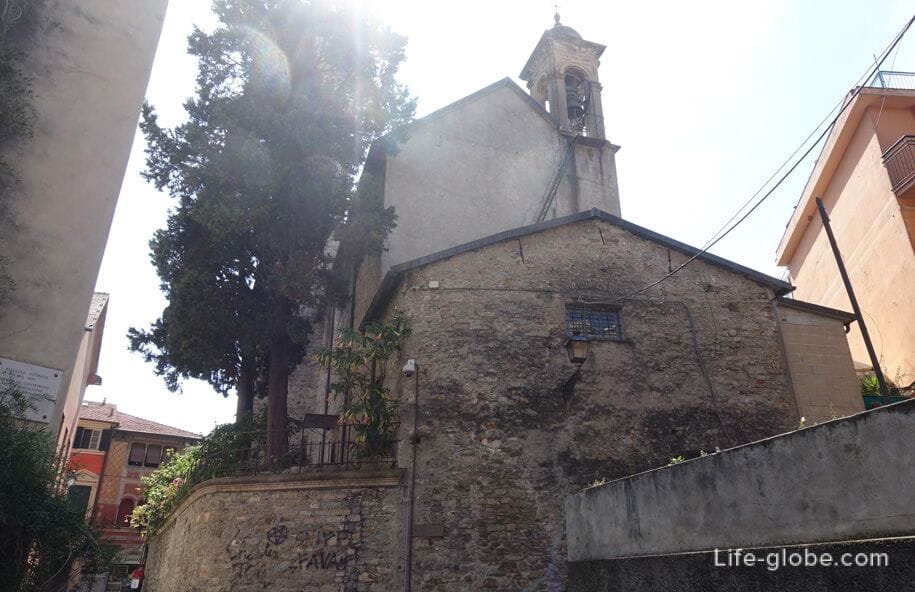
The civic tower is well visible from many points in the old town of Rapallo.
View of the tower from the same street (Via Torre Civica).

On the street of the Tower is a Canadian Park (Parco Canessa), with Seating, a Playground and a historic monument.
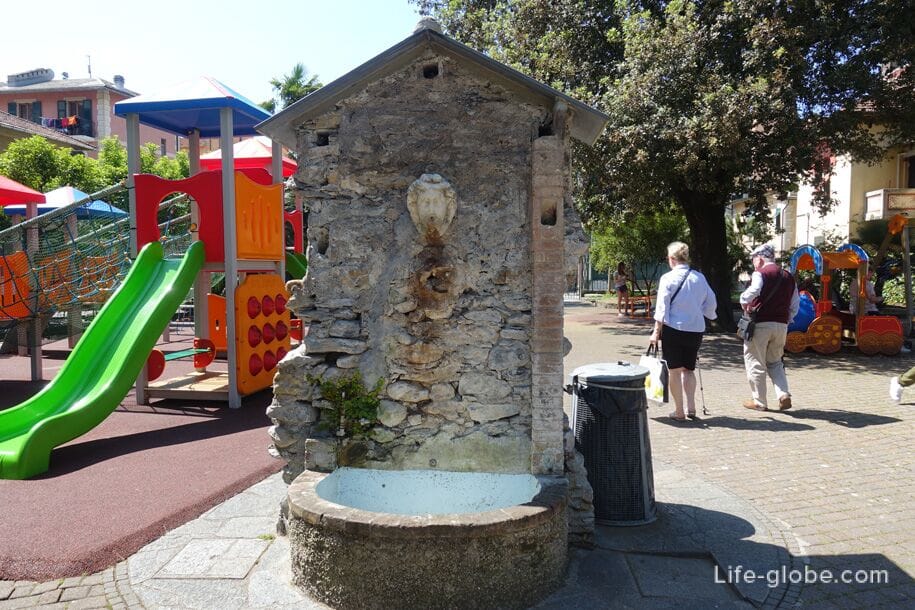
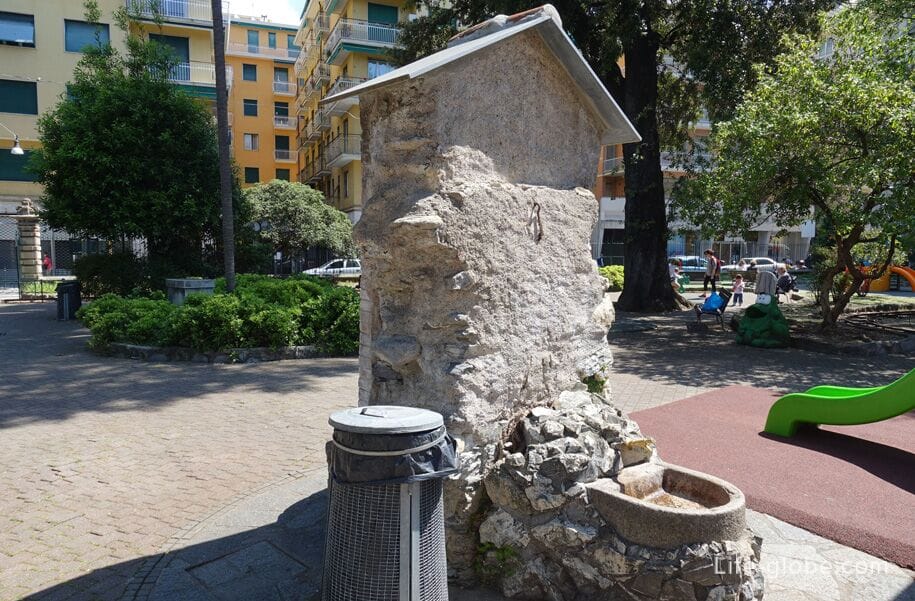
Previously, to get to the ancient village of Rapallo, it was necessary to enter into one of five gates that surrounded the town.
Four of the gates were demolished in the 18th - 19th centuries. To this day preserved only one of the gates, the gates of Salina, which connects the historic centre with the promenade of Rapallo (street Vittorio Veneto / Viale Vittorio Veneto).
In that part of the gate which faces the historic centre, they decorated the altar in the Baroque style, which is a reproduction of the famous icon of the Madonna di Montallegro.
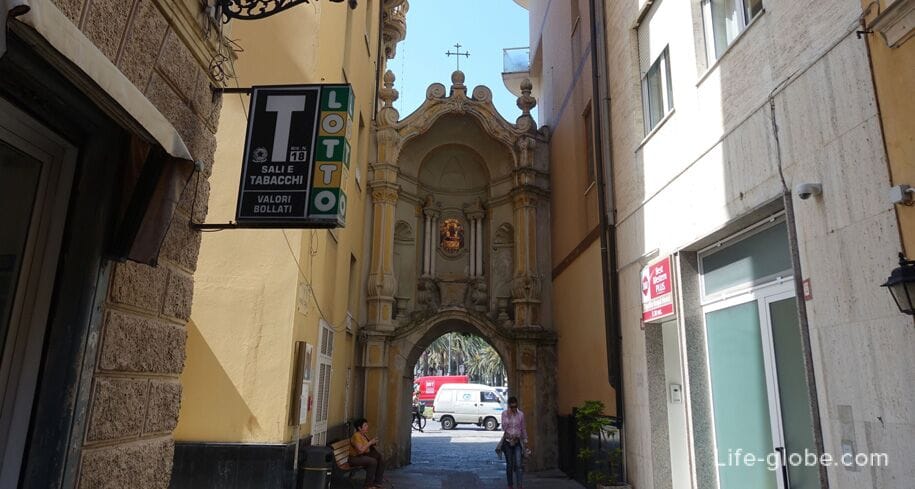
View of the gate from the waterfront.
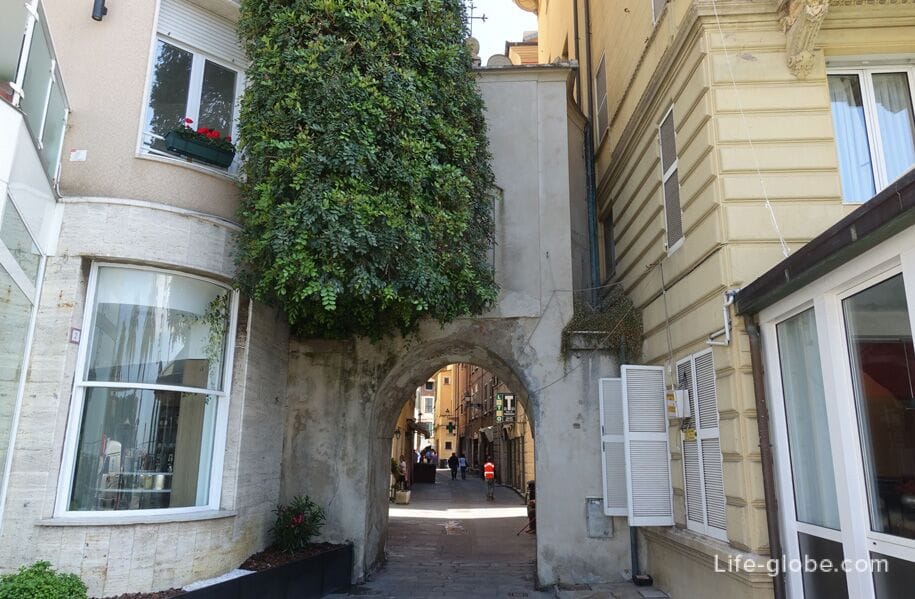
The music kiosk is located on the street Vittorio Veneto and part of the promenade of Rapallo.
Was opened on 3rd of November 1929 for concerts and is a reminder of the Liberty style of the late nineteenth - early twentieth centuries.
The project was realized with Luigi Devoto, who built the pavilion with a diameter of 10 meters and a height of 9 metres, with 12 columns supporting the dome in the inner part of which is shown in the most important Italian and foreign composers.


Near the Music kiosk are two cannons facing the sea.

Along the promenade Vittorio Veneto is a narrow road with Parking spaces.
On the opposite embankment side of the road there are historical buildings with colorful facades on the first floor where there are cafes and restaurants.
Among the buildings along the waterfront are hotels, among which we can highlight: 3-star hotel Vesuvio, the hotel Albergo Bandoni and 3-star hotel Miramare, which offers wonderful views of the seafront and the Ligurian sea.

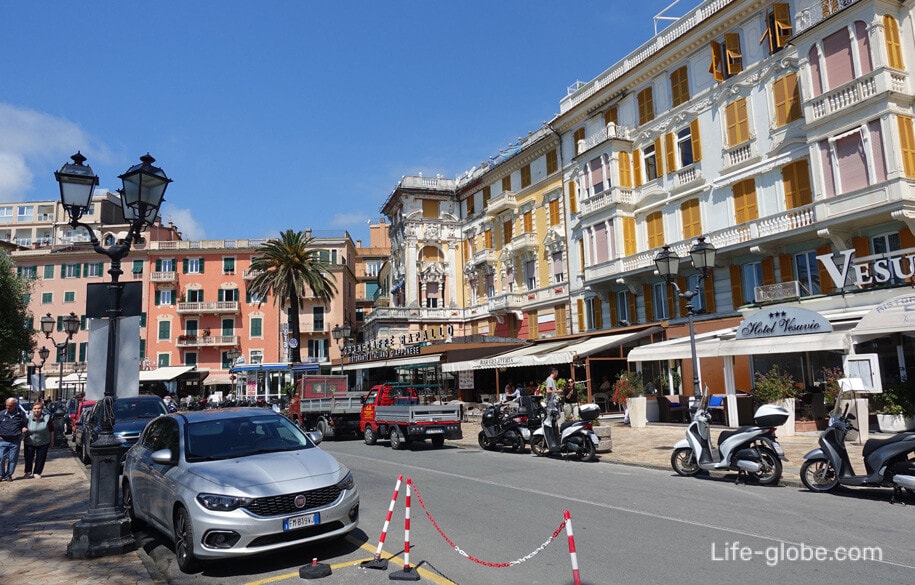
Among the buildings along the waterfront is notable for the house of Garibaldi (Casa Garibaldi) with characteristic white and gray stripes.
This is one of the most significant buildings of the ancient village of Rapallo, classified as a national monument. On the facade of the marble coat of arms of Admiral Biaggio Assereto indicates that the house dates from the 14th century, and particie at home, he should be considered more ancient.

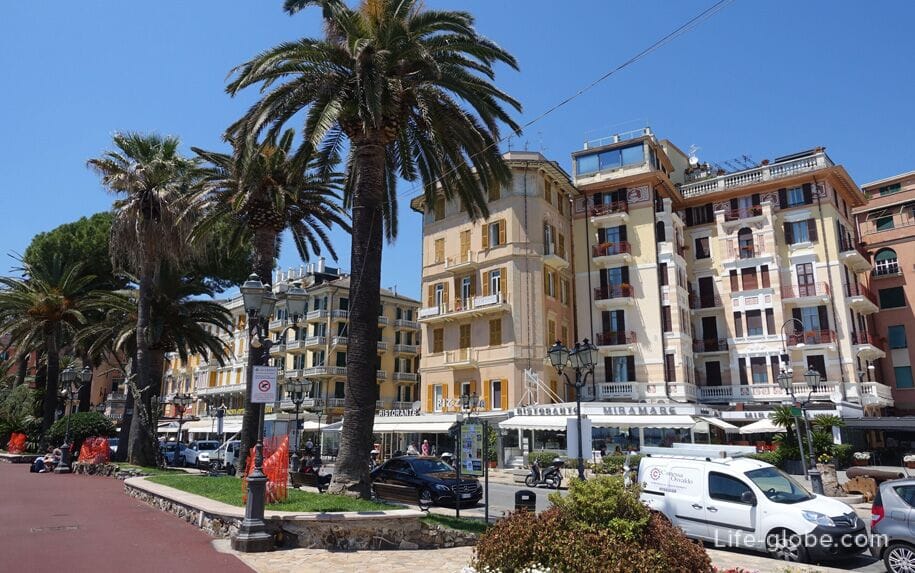
Within the Central waterfront is notable for the Rapallo castle (Castello di Rapallo), also known as the ancient castle on the sea built in 1550 for the purpose of defense, after the looting and destruction of the city by Corsair Draguta enslave its inhabitants.
Over the years the castle has undergone changes and additions.
The castle is located in the Eastern part of Vittorio Veneto, surrounded by the sea and connected to the mainland by a jetty.
For a long time the Fort was used as a prison, but was rebuilt and currently is a prestigious venue for exhibitions and conferences. Read more about the quays Rapallo...
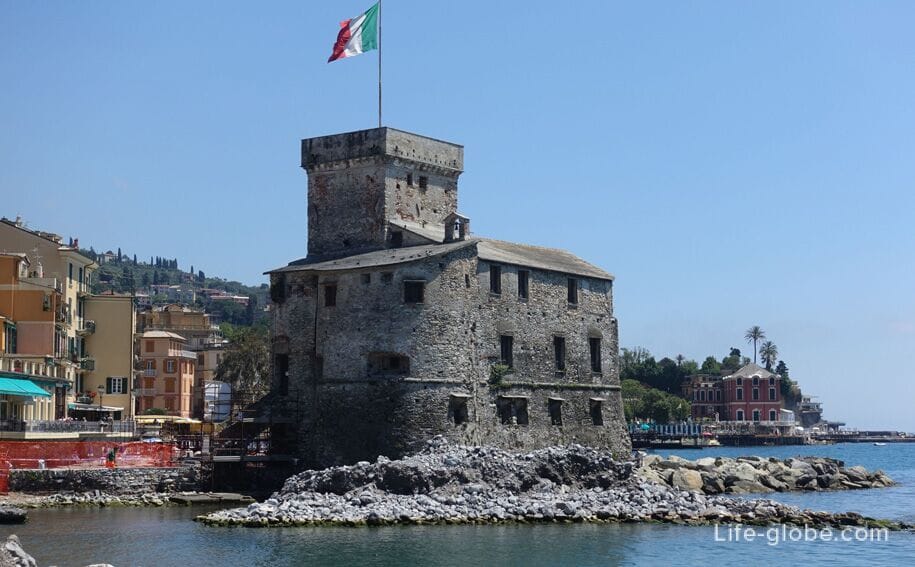
Just above Rapallo castle is a square Garibaldi, with its decorated buildings, one of the best preserved in the center, and a pavement of local stone.
Low arcades, date from the thirteenth century.
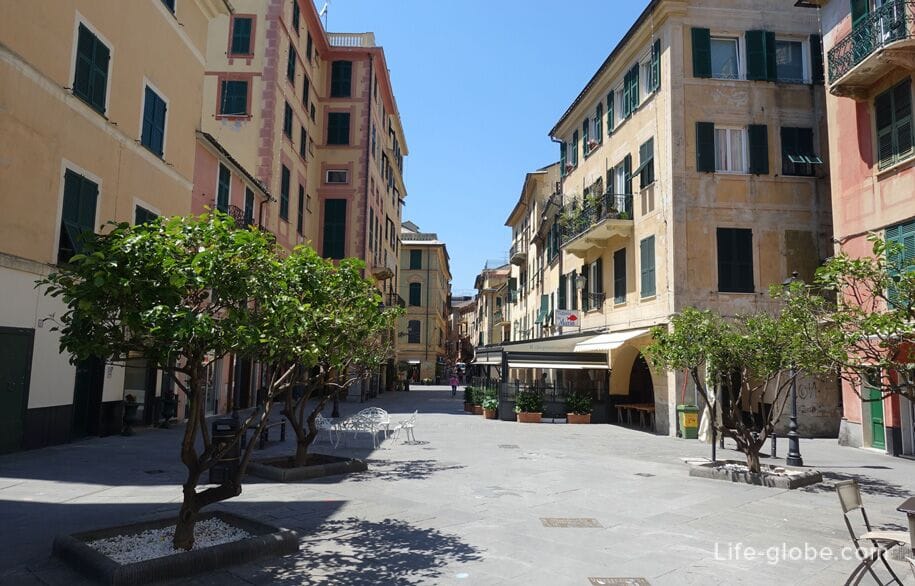
The atmosphere of a medieval seaside village also caught in nearby Piazza Pozzo (Piazzetta del Pozzo / Piazza del Pozzo), the heart of the ancient district Rolecka where once was a public well, today restored without its original function.
The Church and ex-convent of St. Francis of Assisi dates back to 1519 year.
The monastery adjoining the Church was restored and transferred to a Junior Franciscan monks in 1601 by order of Pope Clement VIII.
12 Nov 1798 monastery under the current legislation of the Napoleonic Ligurian Republic on the prohibition of the religious orders, were converted to primary school. In 1812 the Imperial government of Napoleon conceded two Church facilities administration of the hospital of Sant'antonio. Thus, the school became the property of the hospital, which after ten years of work on the extension in 1818, introduced the building with new rooms, used as dormitories for students and teachers.
In 1850 boarding school officially became the property of the municipality of Rapallo, declaring in all respects with the building of the school and the Royal College of the Kingdom of Sardinia.
The interior consists of four aisles (the only Church in the area of Rapallo with this structural feature), divided two-tone octagonal columns.
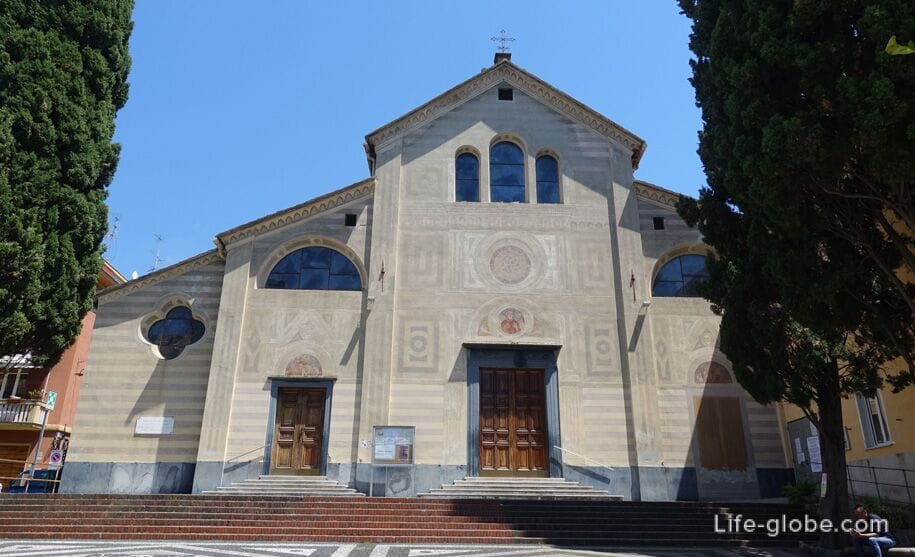
The theater is located near the waters of the Ligurian sea, to the East along the coast from Rapallo castle.
The theatre is a multifunctional centre, which offers theatre performances, congresses and conferences.
The theater building was formerly the Church of the monastery complex Clarisse, built in 1633 and was the convent of Santa Chiara until 1902.
The building was used as barracks and warehouses, during and after the two world wars. In 1967 he identified the construction work identified in 1963, the Civil administration in order to use and improve the building ultimately transformed into the current seat of the municipal theater hall.
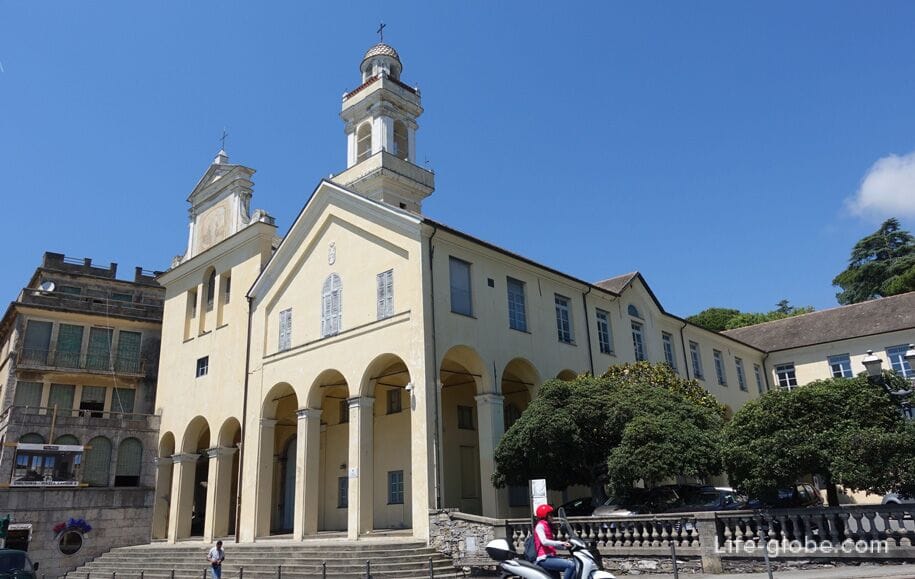
The theatre is considered to be a certain point where you end the historic centre of Rapallo, although outside of the old town are historical and architectural sights: churches, villas, the bridge, the monastery, the ruins of the Abbey, the castle and the defensive tower. Read more about all the sights in Rapallo...
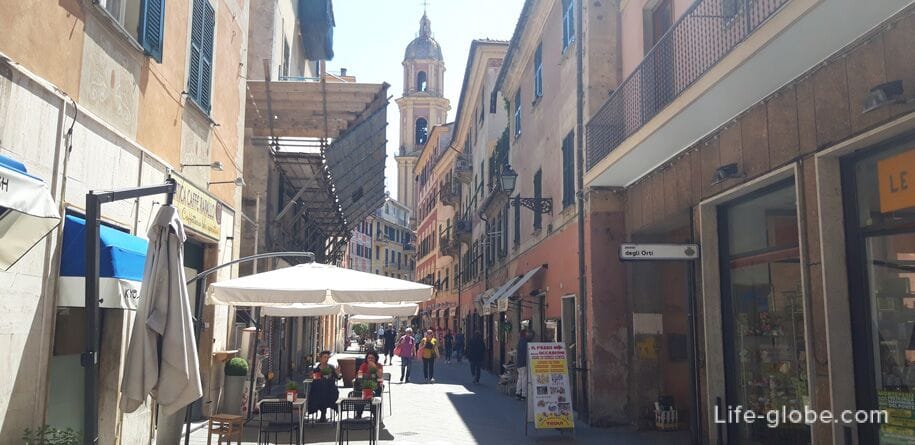
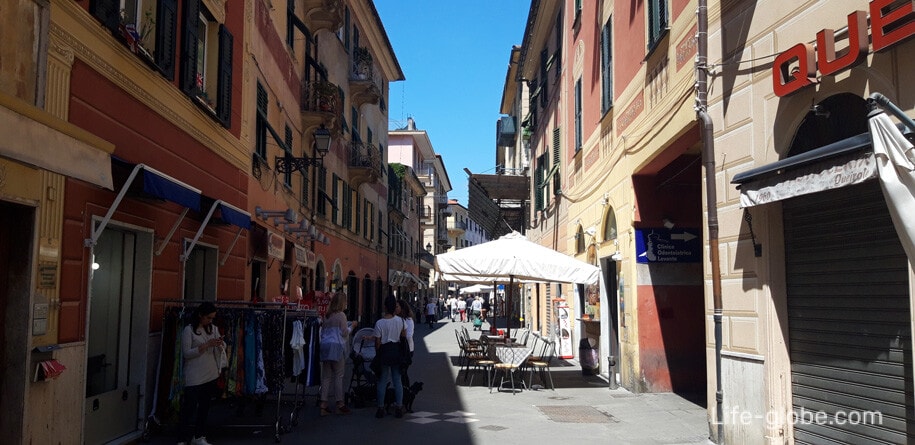

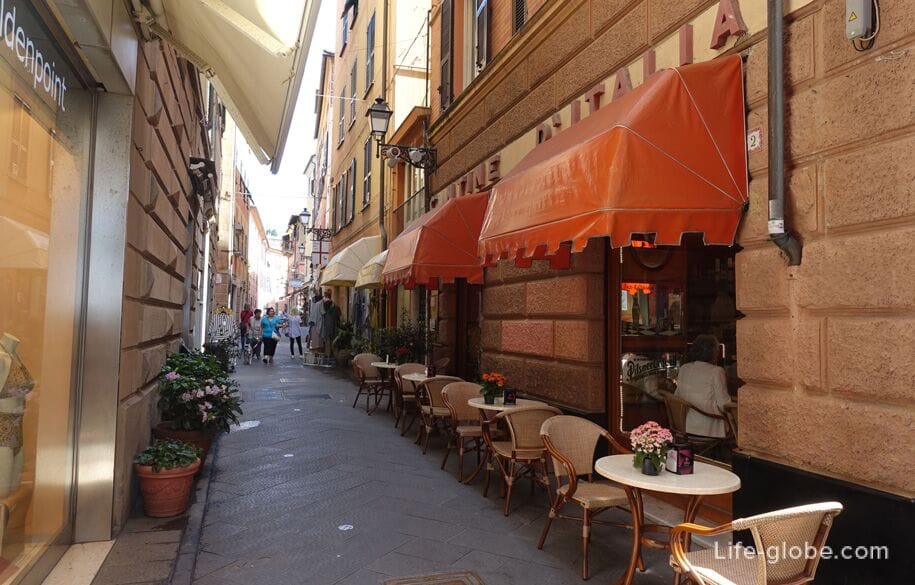

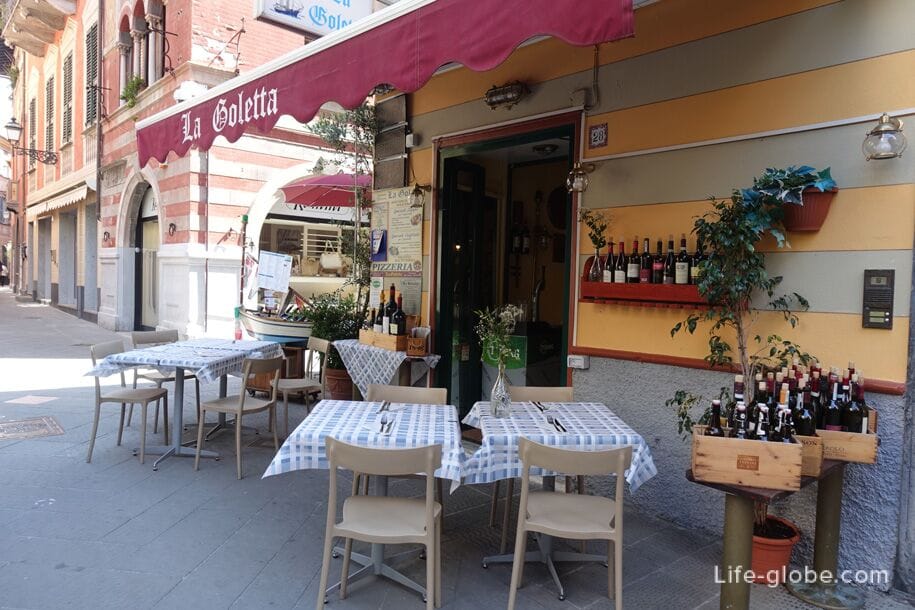
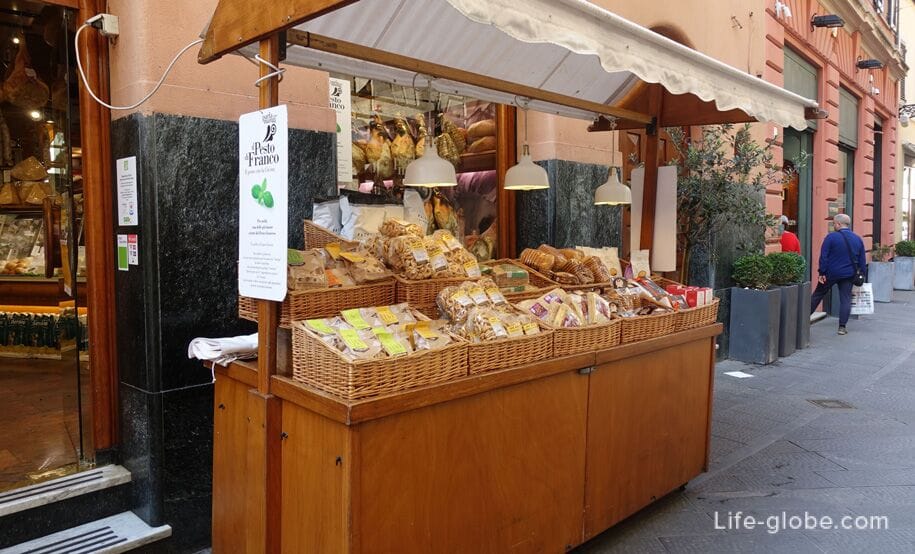
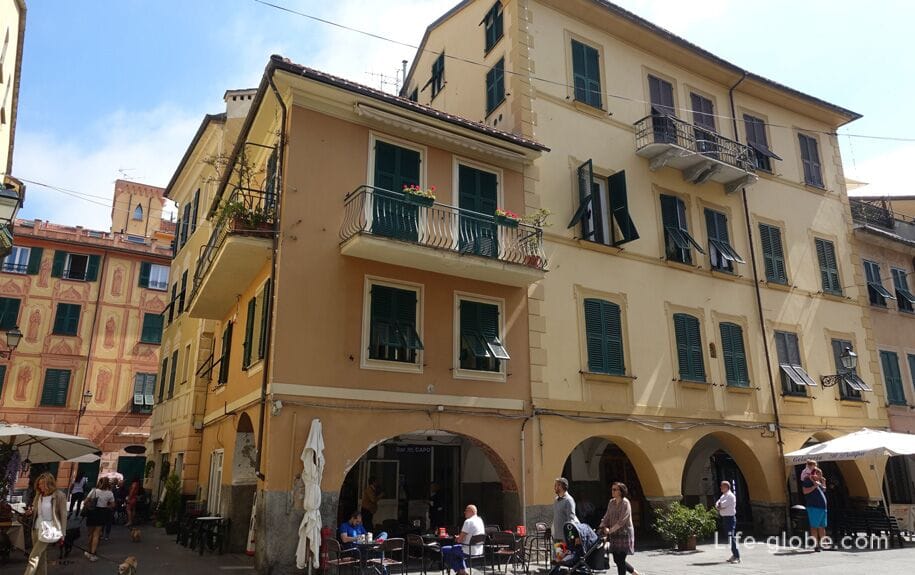
All accommodation facilities in Rapallo, including in the city center, near the beaches and more remote from them, can be viewed and booked here